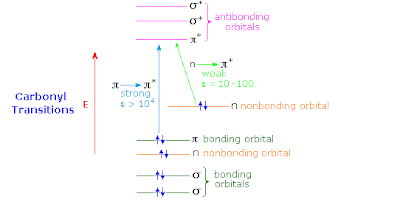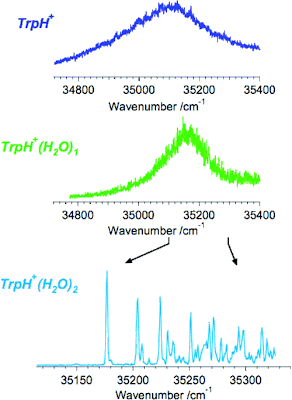What are deconfined spinons?

They are the spin-1/2 quasi-particle excitations associated with a spin liquid ground state of a quantum antiferromagnet. Perhaps the easiest way to understand them is in contrast to the low-lying excitations in an antiferromagnet with an ordered ground state. Spontaneously broken symmetry is the key concept behind understanding the nature of these excitations. Specifically, for infinite systems the ground state is usually degenerate and is not invariant under the samesymmetries as the system Hamiltonian. This family of ground states is described by an `` order parameter '' which describes the extent of the symmetry breaking. For example, quantum antiferromagnets can be described by a Heisenberg model Hamiltonian which describes a lattice of spins which interact with their nearest (and sometimes next-nearest) neigbours on the lattice. The model Hamiltonian is invariant under rotations of all the spins and under lattice translations. However, both these symmetries can be brok

















